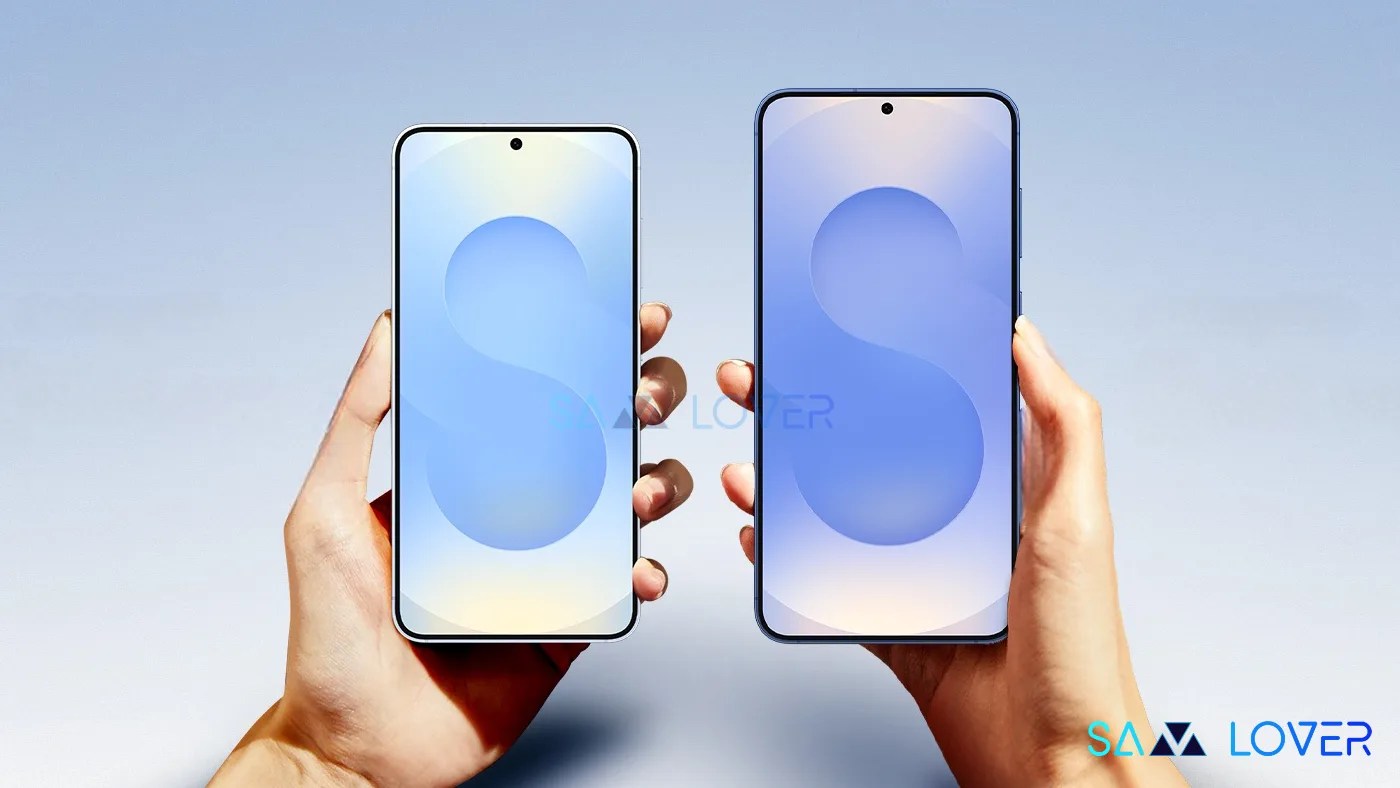Samsung Enhances Galaxy S25 Series with Post-Quantum Cryptography
Samsung has added an extra layer of security to the Galaxy S25 series by introducing a new Post-Quantum Cryptography (PQC) technology to prevent future quantum computing threats. This new technology uses advanced algorithms that are difficult for even quantum computers to break, ensuring data security in the future.
How Post-Quantum Cryptography Works
The Korean tech giant uses the ML-KEM (Module-Lattice-Based Key-Encapsulation Mechanism) algorithm, which is based on complicated mathematical structures, to make sure that data is safe while also speeding things up. This technology is designed to be power-efficient, which could potentially break current encryption methods, jeopardizing data security.
Integration with Samsung Knox Matrix
Samsung Cloud will integrate this new technology into Samsung Knox Matrix to provide end-to-end encryption for user data. This move aims to protect user data as technologies, such as quantum computing, have evolved. Samsung is introducing Post-Quantum Enhanced Data Protection (EDP) to Samsung Knox Matrix—the company’s industry-leading protection for connected device ecosystems.
Preventing Quantum Computing Threats
Quantum computing has yet to become widespread, but it poses a significant security risk. To prevent "harvest now, decrypt later" attacks, where attackers collect data now to decrypt it with future quantum capabilities, Samsung is taking proactive measures. The company aims to protect user data as technologies evolve, and it is introducing this new feature to the Galaxy S25 series.
Availability of the Feature
Currently, the feature is only available on the newly launched Galaxy S25 series, and it is unclear whether Samsung will expand this feature to upcoming devices or to older devices also.
Source Link





